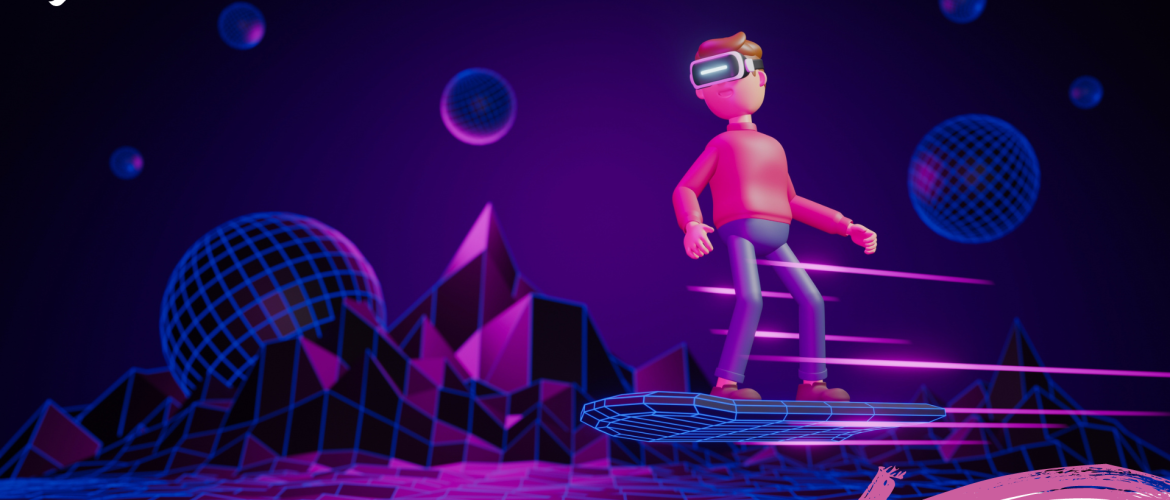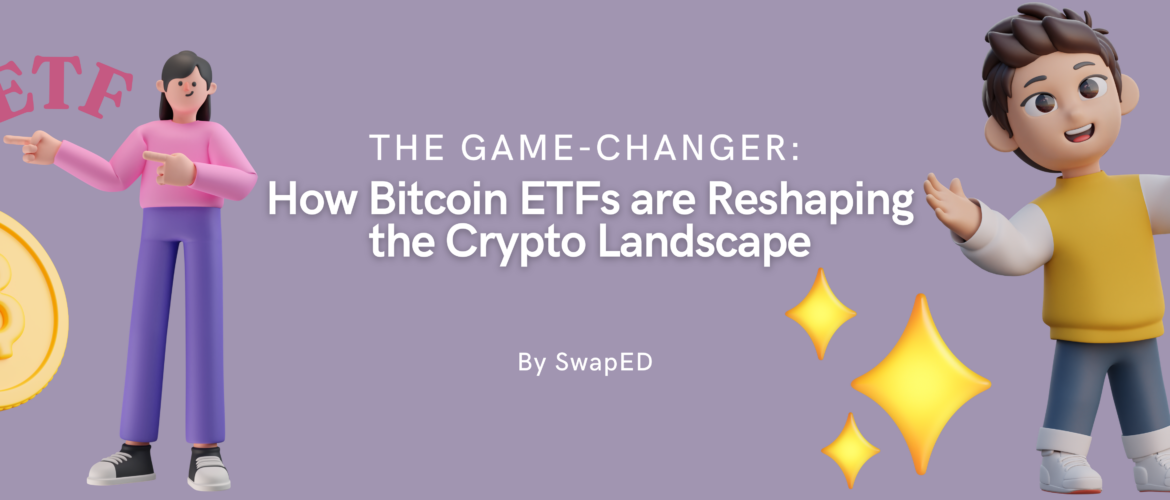
The evolution of the internet has entered a transformative
phase marked by the rise of Web3, Digital Twins, the Semantic Web, and the
Metaverse. These are not just buzzwords—they represent foundational shifts in
how humans interact with technology, data, space, and each other. Though often
discussed together, each concept has distinct characteristics, technological
underpinnings, and societal implications.
This guide breaks them down individually and highlights how
they interrelate in building a smarter, more immersive, decentralised digital
world.
1. Web3: A Decentralised, User-Controlled Internet
Web3, or the third generation of the internet, is built on
the principles of decentralisation, ownership, and trustless interaction. It
addresses the centralised nature of Web 2.0, where a few corporations control
most data, services, and platforms.
Key Features:
- Decentralisation: No central authority; networks are
distributed.
- Data Ownership: Users have full control over their
personal data and digital identity.
- Smart Contracts: Code-enforced agreements that reduce the
need for intermediaries.
- Tokenisation: Value is created and exchanged via
cryptocurrencies and NFTs.
- Governance: Decision-making through DAOs (Decentralised
Autonomous Organizations).
Technologies Involved:
- Blockchain, smart contracts, DeFi, NFTs, DAOs
- IPFS (InterPlanetary File System)
- Self-sovereign identity systems
- dApps (decentralised applications)
Use Cases:
- Decentralised finance (DeFi)
- Creator economy (NFTs, digital art)
- Identity verification without central databases
- Community-driven platforms
2. Semantic Web: Making Data Understandable to Machines
The Semantic Web was proposed by Tim Berners-Lee to enable
the web to carry meaning, not just information. It adds metadata and structured
data that allows machines to interpret, reason, and act on information more
intelligently.
Key Features:
- Linked Data: Information is connected across domains using
URIs and RDF.
- Ontologies: Define relationships and categories for
machines to understand context.
- Interoperability: Data can be shared and reused across
applications and organisations.
- Automated Reasoning: Machines can derive new insights by
interpreting structured relationships.
Technologies Involved:
- RDF (Resource Description Framework)
- OWL (Web Ontology Language)
- SPARQL (Query language for semantic data)
- Linked Open Data (LOD)
Use Cases:
- Intelligent search engines
- AI-driven assistants and recommendations
- Cross-platform data integration (e.g., healthcare,
finance)
- Knowledge graphs (e.g., Google’s Knowledge Panel)
3. Spatial Web: Contextualising the Digital in
Physical Space
The Spatial Web builds upon the Semantic Web but extends its
reach by layering digital content directly onto physical space. Using AR/VR,
geolocation, and IoT, it enables machines to understand where, when, and in
what context information is relevant.
Key Features:
- Spatial Intelligence: Data tagged with physical
coordinates and context.
- Real-Time Interaction: Interaction with objects and
environments in live settings.
- Immersive Interfaces: Combines visual, haptic, and
auditory feedback.
- Edge Computing: Real-time data processing near the source
for speed and privacy.
Technologies Involved:
- AR, VR, MR (Mixed Reality)
- IoT and sensor networks
- Edge computing and 5G
- Blockchain for trust and decentralisation
- Digital twins as spatial data anchors
Use Cases:
- Smart cities and infrastructure
- Augmented retail and immersive advertising
- Precision agriculture and logistics
- Context-aware education and training
4. Digital Twins: Real-Time Replication of the Physical
World
Digital Twins are virtual replicas of physical entities that
synchronise in real time with their physical counterparts through IoT sensors
and data analytics. Originally developed for industrial use, digital twins are
now applied in healthcare, urban planning, energy systems, and more.
Key Features:
- Simulation and Prediction: Run scenarios digitally to
assess outcomes before taking action in the physical world
- Real-Time Data Synchronisation: Constant feedback loop
from physical systems.
- Decision Support: Enables proactive maintenance, risk
assessment, and optimisation.
Scalability: Can model anything from engines to entire
cities.
Technologies Involved:
- IoT, AI, machine learning
- Edge/cloud computing
- Simulation and modelling software
- GIS and spatial data
-Big data analytics
Use Cases:
- Predictive maintenance in manufacturing
- Healthcare monitoring and surgical planning
- Energy management in smart grids
- Urban infrastructure modelling and planning
5. Metaverse: Immersive, Shared Virtual Environments
The Metaverse is a persistent, 3D, interconnected virtual
universe that blends social media, gaming, commerce, and workspaces. It allows
users to inhabit digital avatars and engage in activities that simulate or
extend physical-world experiences.
Key Features:
- Immersive Environments: Fully 3D, often accessed through
VR/AR headsets.
- Social Interaction: Multi-user spaces for events,
meetings, and gaming.
- Digital Economy: Buy, sell, and trade virtual goods and
assets.
- Persistence: The environment and your data exist
independently of your session.
Technologies Involved:
- VR/AR headsets (e.g., Meta Quest, HoloLens)
- 3D reconstruction, motion tracking, eye tracking
- Blockchain for digital ownership (NFTs, tokens)
- Cloud and edge computing
Use Cases:
- Virtual classrooms and immersive learning
- Virtual real estate and architecture design
- Digital art galleries and NFT marketplaces
- Social metaspaces and virtual tourism
6. Comparing the Four: Key Differences and Intersections
These technologies increasingly converge to create
intelligent, decentralised, and immersive digital environments. The Semantic
Web provides the underlying structure and meaning to data, enabling machines to
understand and reason, which is essential for the Spatial Web and Metaverse to
function contextually. Web3 supplies the decentralised infrastructure,
including identity, ownership, and smart contracts, that powers trust, value
exchange, and governance within digital twins and metaverse ecosystems. Meanwhile,
digital twins serve as real-time, data-rich anchors between the physical and
virtual worlds, informing decisions in Web3 applications and spatial
experiences. Together, they form the technological backbone of a future where
data, people, and places interact seamlessly across physical and virtual
dimensions.
7. Societal Impacts and Ethical Considerations
These technologies are reshaping society in profound ways:
- Web3 is challenging traditional governance and ownership
models, empowering users but raising legal and regulatory questions.
- Semantic and Spatial Webs enhance machine understanding,
but also raise issues about surveillance, consent, and transparency.
- Digital Twins optimise systems and reduce waste, but
depend on accurate data and strong cybersecurity.
- The Metaverse transforms culture, work, and social
interaction but raises concerns about addiction, data privacy, and inequality.
- Ethical frameworks and cross-border regulations will be
crucial to ensuring these technologies develop in inclusive, responsible ways.
8. Final Thoughts: A Converging Future
While each of these technologies serves a distinct purpose,
their convergence is where the true transformation lies. Imagine a Metaverse
powered by Web3 infrastructure, enhanced by semantic intelligence, and anchored
to the real world through digital twins. This is the direction we are heading.
Understanding these layers is essential for anyone
navigating digital transformation-whether you're a developer, policymaker,
educator, or entrepreneur.
SwapED
Categories
Recent posts


Revolutionizing Governance: The Rise of ...
8 Oct 2024
The Game-Changer: How Bitcoin ETFs are ...
8 Oct 2024
Navigating the Web3 Wave: A Beginner’s ...
8 Oct 2024
Unleashing the Power of Smart Contracts: ...
28 Aug 2024🚀 Get 20% OFF Your Subscription!

Join SwapED today and save 20% on all plans. Use Code SWAPED20 at checkout.



